Guest Post – A Question Of Fairytale Retellings By Zoe Marriott
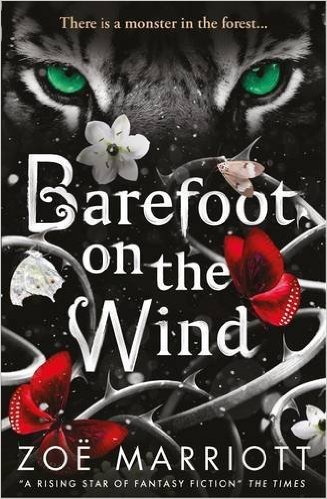
A few months ago I attended a blogger day at Walker books and was lucky enough to see the lovely Zoe Marriott again!
Zoe spoke to us about her new book Barefoot On The Wind, a companion title to Zoë Marriott’s critically acclaimed Shadows on the Moon, a magical retelling of “Beauty and the Beast” set in a fairytale Japan.
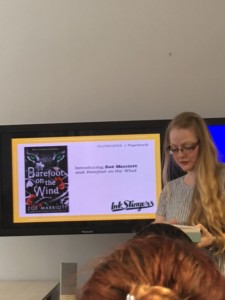
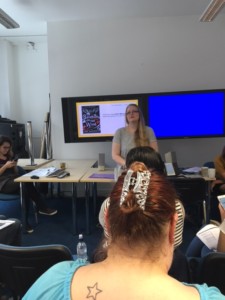
Amoungst all of the excitement of hearing about this fab book Zoe gave out some lovely cards that she had made and we even had Barefoot On The Wind cake!
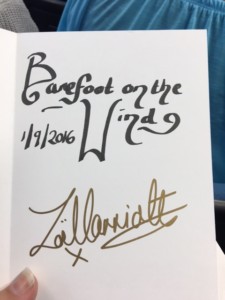
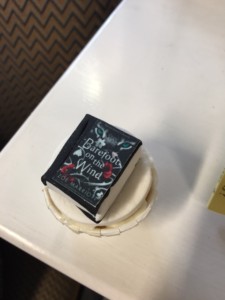
It was wonderful hearing about how Barefoot On The Wind came to be and the passion that Zoe has for fairytales (some of which Zoe talks about in the below fab guest post).
Barefoot On The Wind is due to be released on the 1st September 2016 published by Walker Books and I am super excited to have been asked to feature a fab guest post for this wonderful book by the lovely Zoe Marriott herself!
A huge thank you to Kat at Walker Books and Zoe for asking me to feature this wonderful post.
Sit back and relax and read A Question Of Fairytale Retellings by Zoe Marriott….
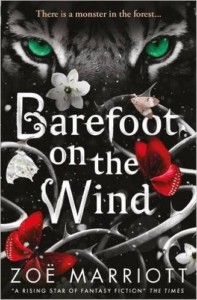
There is a monster in the forest… Everyone in Hana’s remote village on the mountain knows that straying too far into the woods is a death sentence. When Hana’s father goes missing, she is the only one who dares try to save him. Taking up her hunting gear, she goes in search of the beast, determined to kill it – or be killed herself. But the forest contains more secrets, more magic and more darkness than Hana could ever have imagined, and the beast is not at all what she expects…
A Question Of Fairytale Retellings
First up: Hi Chelley! Thanks for having me on your beautimous blog today!
Recently an email arrived in my inbox from a young reader and writer named Hailee. She said:
“I am trying to write a story that retells the fairy tale, The Twelve Dancing Princesses…(published by the Brothers Grimm). I am having trouble with establishing a plot that isn’t very similar to the original story. Do you have any advice/tips on writing a good fairy tale retelling and establishing believable, memorable characters?”
Stories related to mythology or folklore are some of my very favourite kind to read, as well as (probably) my favourite type to write. I am there for fairytales, from obscure Germanic fragments about bad-tempered dwarves, to those grand, over-familiar stories of kings and castles and enchantments that are indelibly linked to Disney in our minds, to the simplest Chinese fable that offers up in conclusion, ‘A sage relies upon the fruitfulness of nature, not the ingenuity of man’.
But what’s equally fascinating is the way that writers have distilled these well known stories down to their essence in order to re-create them in wildly different forms. One of the most interesting aspects of our apparent need to reinvent our shared mythology is how often the ‘essence’ of a tale varies wildly from writer to writer, even when they’re working from the exact-same versions of a fairytale.
This, rather handily, ties into the very issue that Hailee is concerned with.
Hailee’s question breaks down into two parts. The first is about her specific take on ‘The Twelve Dancing Princesses’ (a personal favourite of mine – great choice Hailee) and how she can distinguish it from the traditional version we’re all familiar with.
But the second question, which is about what makes a good fairytale retelling, links back into the first more directly than it might initially appear to. My tips and advice for writing a good fairytale retelling are very much rooted in the idea that we all have a unique perspective on the fairytales that are special to us. It’s THAT which makes our new versions valuable and fresh and interesting to others, though the tale may have been retold before, and even when our readers could quote the original fairytale by heart.
As for establishing believable and memorable characters? Well, that’s a whole different kettle of writing problems. Luckily, here, here, and here is my advice on that, laid out all friendly-like. Check those out when you have time.
If you were in front of me, Hailee, I would say to you: ‘Tell me about The Twelve Dancing Princesses. What do you love about this fairytale? What excites you about it? What is your favourite part?’ And your answers would tell both of us almost everything you need to know.
How? Because before you can figure out the best way to write your exciting new take on this familiar story, you need to articulate what you want to say about the original.
You see, that’s the point of reimagining a piece of shared mythology. Because, certainly, there are fantastical alternate versions of many fairytales and folk stories, where the author radically re-invents the setting, subverts the plot, and re-imagines the characters. But they do not succeed because of their divergence from the established story. That’s not where their value lies. These new visions work because each of them reflects the idiosyncratic way the story interacted with their writer’s distinctive imaginative landscape.
These writers knew what they wanted to say about their source material.
When you mention struggling to establish a plot that is dissimilar to the original version, you make tiny alarm bells ring in the back of my mind. If it’s a struggle, why do you feel you need to do this? What is wrong with the original plot? What exactly do you want to change about it – and why? Don’t get me wrong; it’s fine if your retelling hinges on utilising a different plot to the traditional one, or even if you want a different plot because you think it’ll be fun. But you need to be able to articulate the reasons why – what you want to achieve – and the answer should not be ‘Because… um… that’s what a retelling does?’
Remember that some of the most successful and beloved fairytale retellings are very, very faithful to the story that is their inspiration. They’re just as great as the more radical departures because they take the familiar and show it to us in a new light, make us reconsider our assumptions by breathing their own kind of life into the established characters or plots, and take us on that beloved journey in a new way. Within the framework of that traditional tale, they still manage to show us something unique and special to their vision of the story.
Let’s look at this process, at what I mean by ‘what you want to say’. A good example is my most recent book, which is based on Beauty and the Beast, a tale generally held to exemplify the motto: true Beauty is on the inside. I love this story, and have enjoyed many faithful retellings of it over the years, from Disney’s animated classic to the two alternate retellings offered by my writing hero Robin McKinley (Beauty and The Rose Daughter).
But I didn’t feel compelled to write my own version until it occurred to me that, in the traditional story, it is the heroine Beauty – not the Beast – who is asked to learn this lesson about judging people based on their appearance. She is the one who, despite being innocent of any crime, is taken from her family, locked up, and forced to learn to love (or at least tolerate) a Beast in order to redeem him.
The Beast, on the other hand, that proud prince whose callousness incurred the terrible curse on himself and his people, spends several decades or centuries skulking in luxury, waited on hand and foot and feeling sorry for himself until, by way of threats and coercion, he manages to acquire a young woman – a beautiful one of course! Having caught her, he then sets up a situation where she feels obligated to accept his proposal of marriage, thereby neatly ending the curse. He isn’t required to learn to see through Beauty’s outer appearance and love the beautiful person within. He isn’t required to learn to love her at all; he’s already asking her to marry him the first night after locking her up, when they’re complete strangers and she’s terrified of him. And even when he lets her go, it’s only for a limited time, and only because he intends to starve himself in her absence so that she will be wracked with guilt and will finally agree to marry him on her return.
How is it, I thought with some astonishment, that we’ve all been taught that this story is about true love and inner beauty, when in actual fact it’s about using false imprisonment, emotional blackmail and coercion to cheat your way out of the consequences of your own actions?
So when I came to write Barefoot on the Wind, I knew I wanted to create a version of the tale in which we could see from his behaviour that the Beast had, in fact, learned to love despite appearances. I wanted to show that he had actually redeemed himself, not used Beauty as a shortcut. I wanted a version where Beauty is not forced to be with the Beast, but chooses to enter the cursed forest for her own reasons, and where she returns to him not because of guilt or emotional blackmail, but because he has earned her love.
This required writing both the characters in ways which differed to their traditional depiction, and some (though not many!) changes to the plot. But all these grew organically from my love for the original and from a thorough examination of what I wanted to say about it.
What aspect or aspects of the story of the Twelve Dancing Princesses sets your imagination on fire, Hailee? What made you decide to remake this fairytale for your very own? Ask yourself why you want to write this of all the stories you could write. What beautiful and frightening questions lie lurking, hidden, within the familiar framework of the tale – and what answers do you, and only you, have the ability to offer to a reader based on them?
When it comes to The Twelve Dancing Princesses, there are so many facets of the narrative that might make you long to explore further.
Is it the idea of the descent to the foreign, subterranean world belowground which has its own people, its history, its own rules, its own dark magic? Perhaps you want to explore how this realm came to be, who its people are, and what they ultimately want?
Or maybe you’re fascinated by the strength that the twelve princesses – who were so very young when they were first forced to dance – must have had or developed, to endure the enchantment? What is their plan? Do they have one at all? How have they survived this ordeal and what has it done to them?
Or perhaps you get a shiver of interest from the idea that it’s the soldier’s humble skill of tracking, learned in the wild, abandoned places of the aboveground kingdom, that allow him to finally undo this grand magic. How did he learn? What did it cost him? How does he truly feel about what he sees on his perilous journey and the reward he earns?
Build your new version of the story, faithful or fantastical or somewhere between, on that. On your own passions and your own unique vision of The Twelve Dancing Princesses.
When you’ve done this, with any luck… you will have written a very good fairytale retelling 🙂
I hope this is helpful Hailee! And thanks again for having me, Chelley.

You can buy a copy of Barefoot On The Wind here
About Zoe Marriott

I was born and raised in Lincolnshire, where the wild North Sea meets the gentle green-gold curves of the Wold, and I’ve known that I wanted to be a writer since I finished reading my first book; ‘The Magic Faraway Tree’ by Enid Blyton. I think I was about eight, but I’ve never changed my mind in all the years since then.
I got my first publishing contract when I was twenty-two, but had to wait until I was twenty-four to see my debut novel – The Swan Kingdom – published. It went on to be shortlisted for the Branford Boase Award and the Lincolnshire Young People’s Book Award, and become a USBBY Outstanding International Book, among other honours.
Since then I’ve written many other books and have been lucky enough to win or be nominated for many other awards, including the Great Britain Sasakawa Prize and a second place in the Lancashire Book of the Year Awards. I have also received grants from the Royal Literary Fund and the Arts Council England.
I currently live in a little house in a town by the sea, with my two rescued cats, one called Hero after a Shakespearian character and one Echo after a nymph from a Greek myth. I also have a springer/cocker spaniel called Finbar (otherwise known as The Devil Hound).
My favourite colour is green. My favourite food is Chinese dim sum. My favourite songs are ‘I Will Follow You Into the Dark’ by Death Cab for Cutie and ‘Spem in Alium’ by Thomas Tallis.
You can find out more about Zoe on her website – www.zoemarriott.com
Or why not follow her on twitter using @ZMarriott
Check out a quiz Zoe and I made previously – Which Name Of The Blade Character Are you? – Here
A huge huge thank you to Zoe for such a thoughtful guest post and to Kat at Walker for asking me to host.
Have you read Barefoot On The Wind? What did you think? Are you intrigued? Which Fairytale would you re-tell? I would love to hear from you! Why not leave a comment using the reply button at the top of this review or tweet me on twitter using @chelleytoy!
Happy Reading!

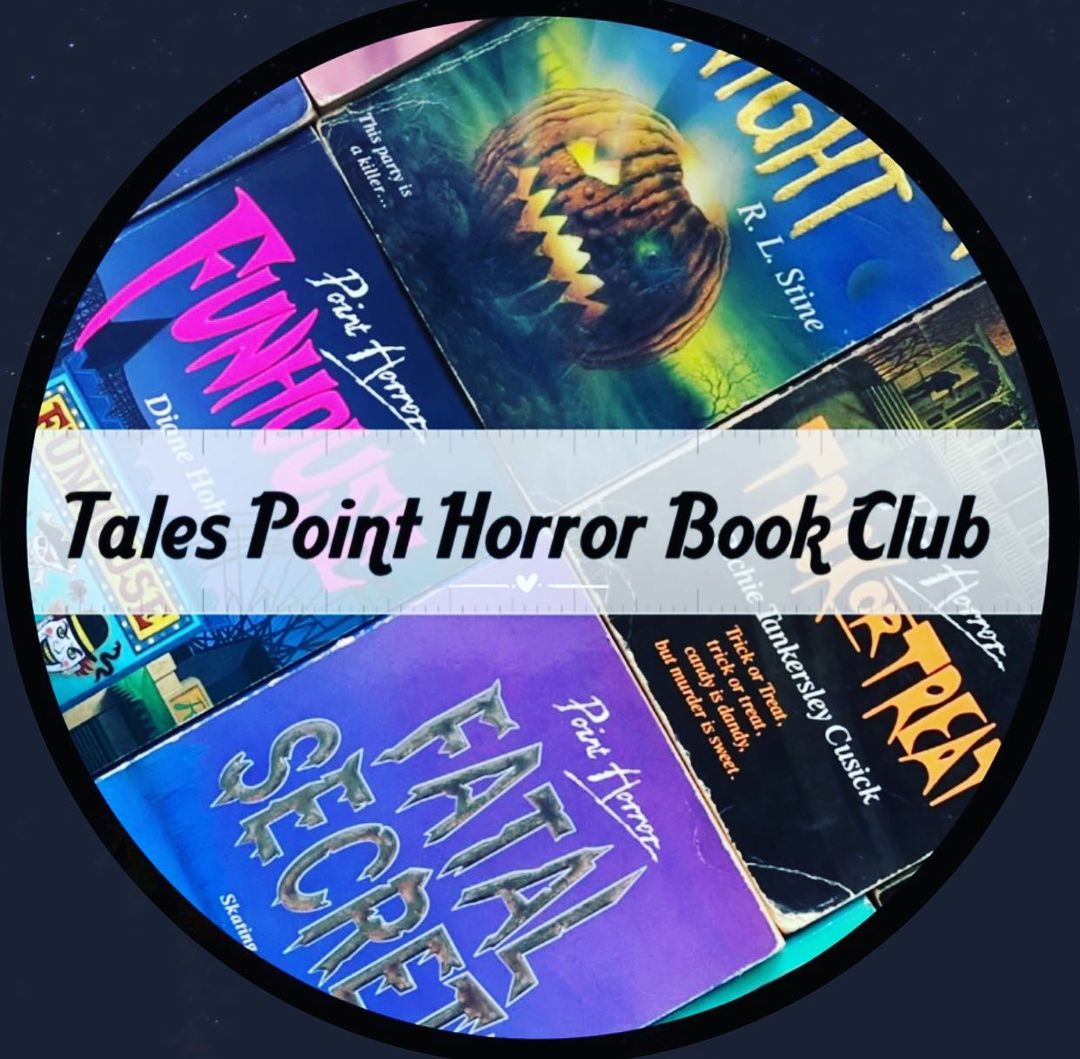

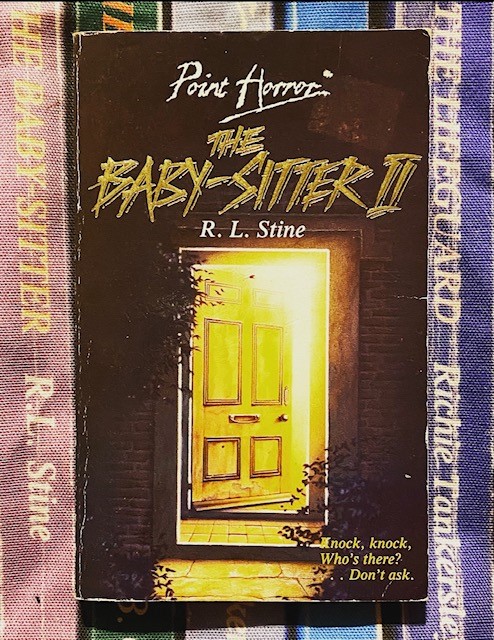

1 Response
[…] You can also catch Zoe chatting about Fairy Tale Retellings on my blog here […]